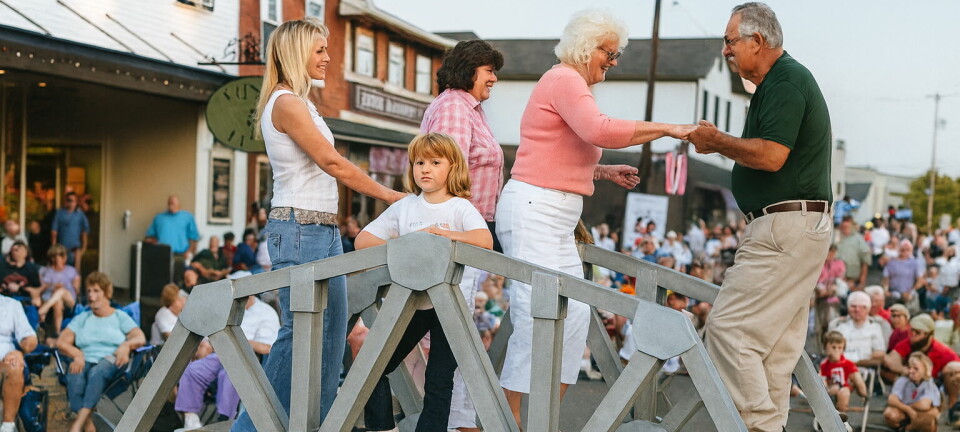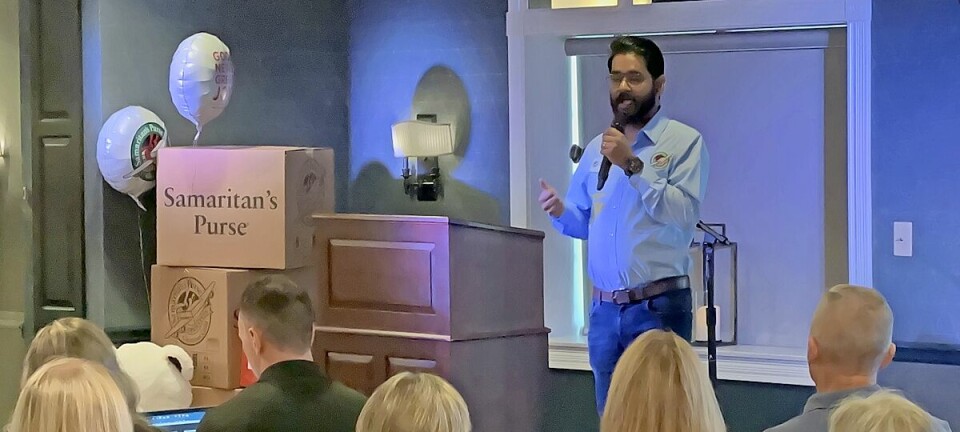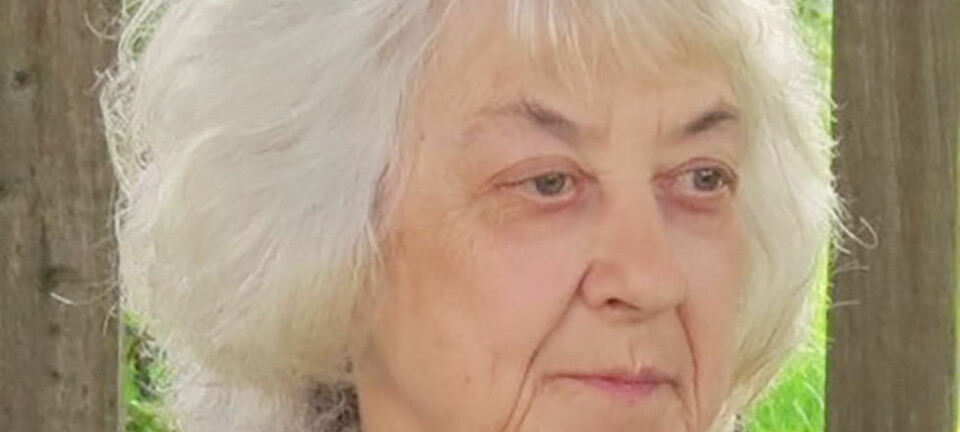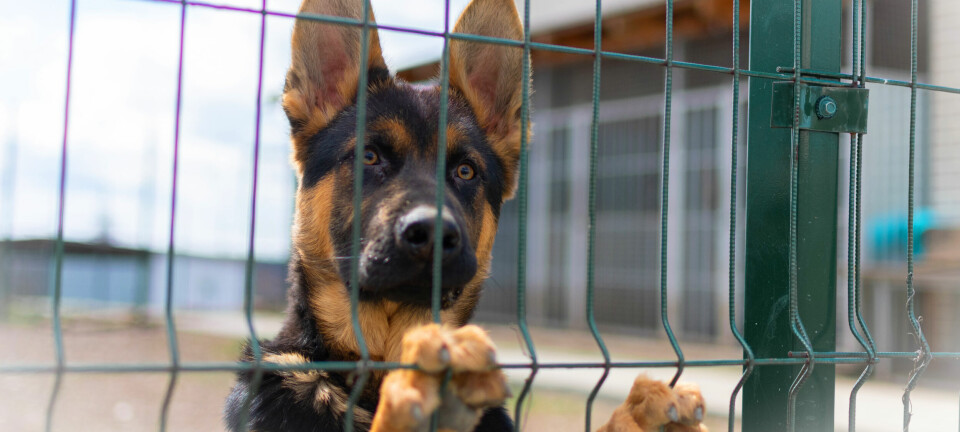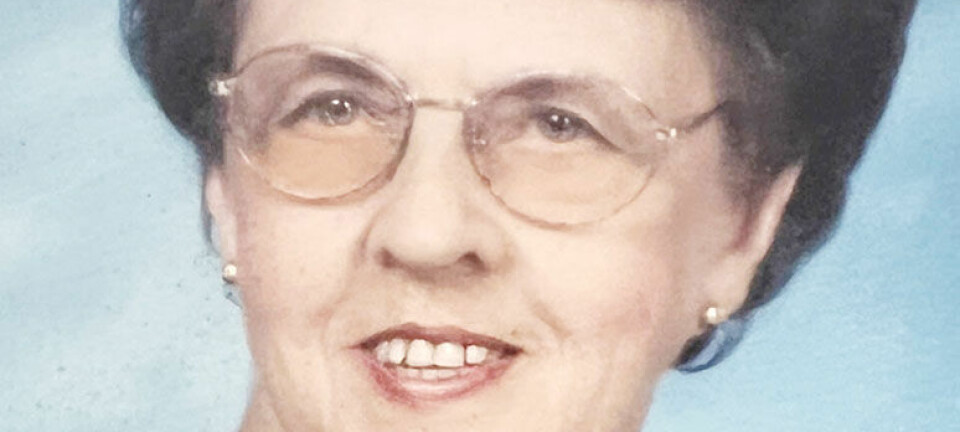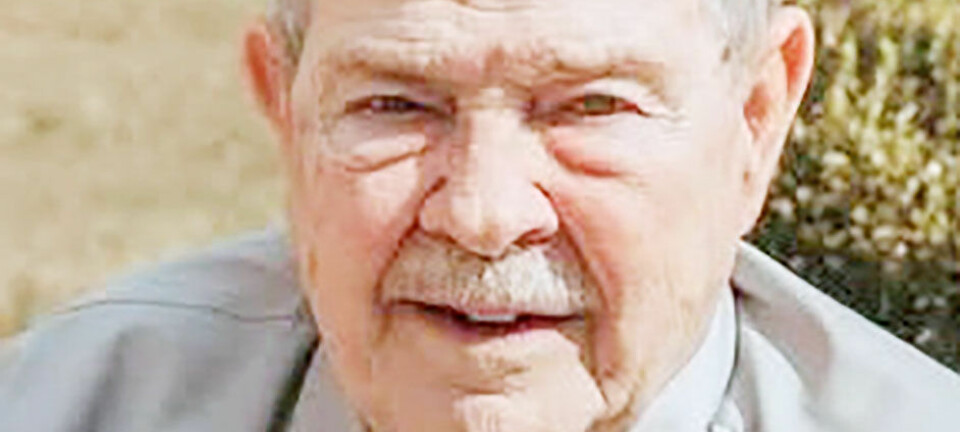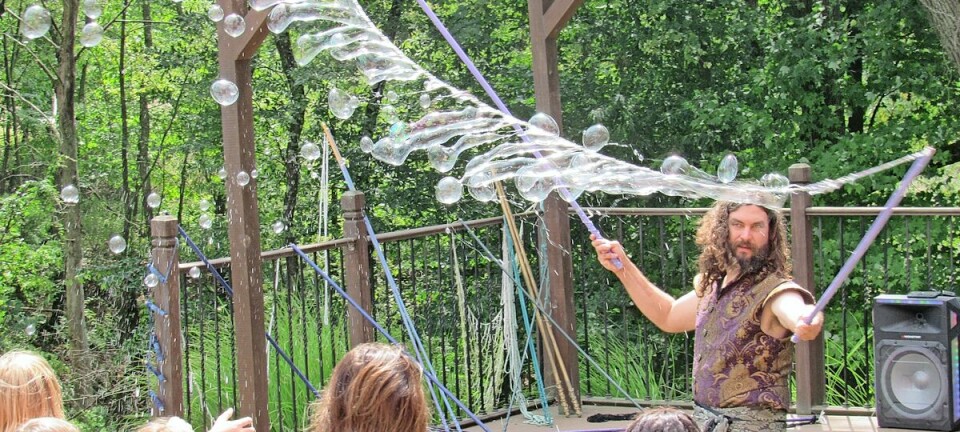Orrville's Barnet-Hoover House a local piece of Americana
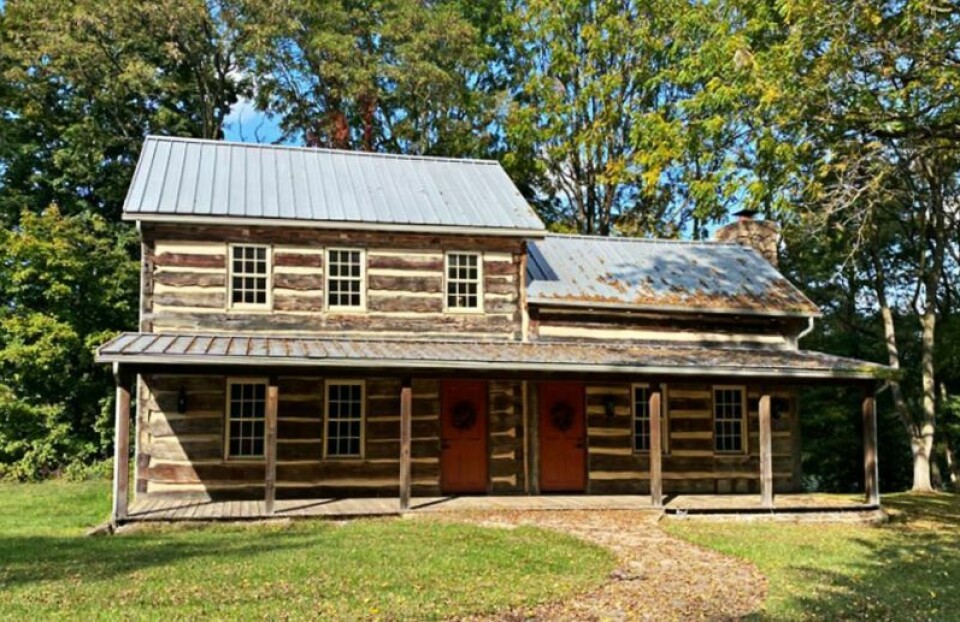
Not long after Ohio gained statehood, a man named William Barnet constructed a small log house in Green Township. Fast-forward more than two centuries and the area’s first two-story house is now a national treasure of sorts — certainly a local one.
Known now as the Barnet-Hoover House, the old log cabin sits on the University of Akron’s Wayne campus outside of Orrville. To most in the area, the house is a piece of Americana and certainly a major historical artifact.
To Orrville resident John Lorson, the building represents a lot more.
“My mom grew up there,” Lorson said. “She was one of eight children that grew up there during The Great Depression. The family lived there for about 20 years. My grandpa farmed it.”
Built in 1818 by Barnet on land he purchased for $1 an acre, the log house was added to the National Register of Historic Places in 1974.
The house eventually made its way into the hands of the University of Akron, whose Wayne College grounds the building now calls home. It is believed to be the oldest structure in Green Township and is the oldest two-story house in the Orrville area.
The university, which bought the building more than 50 years ago, renovated it in 2005, making it usable for its satellite campus. The renovation included a full HVAC system and running water. It is available for use as a meeting space or a small classroom.
Those renovations nearly cost the house its spot on the National Register because they altered the historical integrity of the building, according to the Wayne County Public Library.
Lorson’s mother LaVonne “Bunny” (Bishop) Lorson, daughter of Ted and Lelah Bishop, spent her childhood there, riding out The Great Depression while working the land, growing wheat crops, among other things.
Long ago during the Depression era, the Bishop children used bricks heated on the kitchen stovetop to warm their beds. Bunny Bishop milked cows before walking to a one-room schoolhouse nearby — that building is still there but serves as someone’s home now.
According to information provided by John Lorson, the Bishop family worked as tenant farmers and remained so until the owners sold the house in the late-1940s. Ted Bishop was offered a chance to buy the house and all 160 of its acres at that time but only had $17,000, his life savings, which fell $500 short of the asking price.
With The Great Depression still a fresh memory, Bishop opted not to risk all his family had to borrow the final $500 and moved his family to farmland where Orrville High School now stands.
The land the house sits on was originally purchased in 1818 by a man named William Stubbs, who bought it from President James Monroe, then sold it later that year to Barnet. The property changed hands a couple more times over the next 15 years, eventually sold in 1933 for $1,900 to John Hoover, who built, among other things, a springhouse.
“I’m convinced that was built there because of the artesian spring right beside it,” John Lorson said of the house. “There was a springhouse built right on top of that spring. That spring has been flowing continuously for God knows how long, certainly the 200 years that house has been there. That springhouse not only gave them fresh water, but gives them a mechanism to refrigerate their dairy products.”
When the Bishops decided not to buy the property, the house was instead bought by Maynard Blatter, who constructed, of all things, an airstrip on the property.
Since Wayne College started serving area students, many descendants of Ted and Lelah have attended school there. They include John Lorson in the early 1980s. Lorson said the restoration of the farmhouse was very meaningful to his family, in particular his mother.
Many family members took the time to visit and walk through what once was their homestead. Lorson said he still goes by every week or two.
“It’s incredible,” he said. “As many families in the area now do, we took our kids out there to take their prom pictures. Every couple of weeks when I walk the grounds, I never hesitate to think that my grandpa, who I never met, walked these fields here. I think, ‘Did he plant these trees?’”
Bunny Lorson, a little girl when her family moved to the log house, died in 2017, a month past her 90th birthday. But she has a couple dozen grandchildren to keep her memory alive, and they can retell stories passed down by past generations about the house and the people who made it a home.
Rest assured there are a lot of those stories. The house is full of history and significance. It’s built, Lorson said, with timber that predates the 16th century.
“One of the things that was a neat attention to detail was the endocrinology guy over at The College of Wooster. They came over and did borings of the timbers the house was built out of,” Lorson said. “Those trees were already growing before Columbus discovered American. It was amazing just how well those old timbered structures held up.”
By the time Lorson was born, nearly a generation had passed since his mother’s family lived in the old log house. The memories will linger long after Lorson.
“All the stories my mom had told me, it was almost surreal then when I worked for the college to go to work at the very place where she lived,” he said. “Here’s this institute of higher learning at a spot where my grandpa used to farm. Who would have ever imagined that?”


